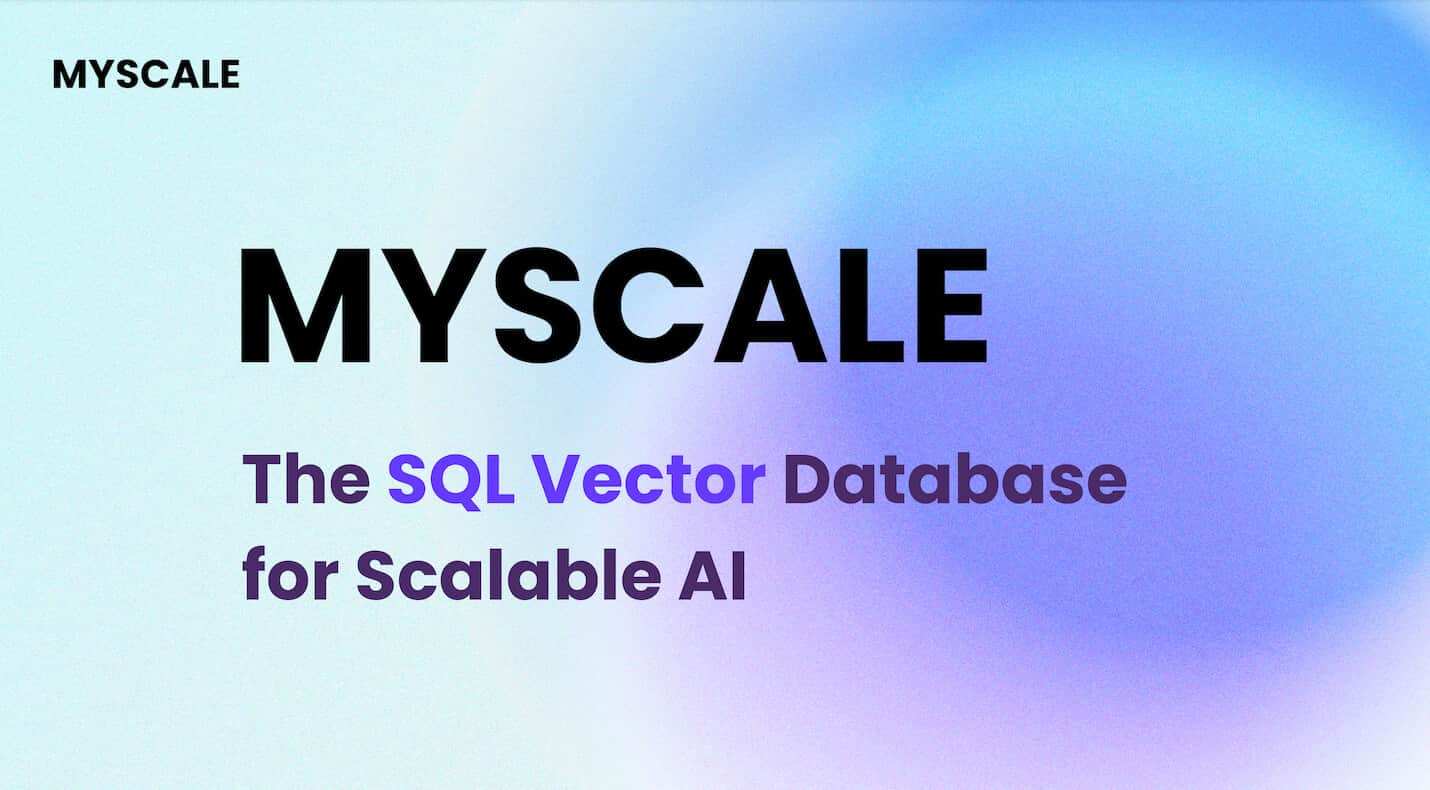
# Getting Started with Semantic Search and Why It Matters
# What is Semantic Search?
When diving into the realm of Semantic Search, we embark on a journey beyond mere keywords. This innovative approach delves deep into understanding the true essence of words (opens new window), deciphering their context (opens new window) within sentences or queries. Imagine a search tool that comprehends not just the words you type but the actual meaning behind them. My initial encounter with Semantic Search left me astounded by its ability to provide precise and relevant results, revolutionizing the way we interact with search engines.
# Why Semantic Search is the Future
The significance of Semantic Search extends far beyond traditional keyword-based methods. By grasping the nuances of language (opens new window) and context, this advanced technique enhances search accuracy exponentially. Real-world scenarios vividly showcase how Semantic Search outshines conventional methods, offering users tailored and pertinent information. From improving usability through personalized results to answering complex queries with finesse, the future undoubtedly belongs to Semantic Search.
# Understanding the Building Blocks: Faiss and Transformers (opens new window)
In the realm of semantic search, two pivotal components stand out: Faiss and Transformers. Let's delve into their distinct roles and how they converge to elevate search capabilities.
# Introduction to Faiss
My journey into the world of Faiss began with a quest for efficient similarity search solutions. Developed by Facebook AI, Faiss is a robust C++ library with a python wrapper, tailored for indexing (opens new window) vectorized data and executing swift searches. Its array of indexes caters to diverse needs, optimizing search performance based on factors like dimensionality and dataset size.
# Exploring Transformers
Venturing into natural language processing (opens new window) led me to embrace the power of Transformers. These dynamic tools excel in semantic search and sentence embeddings (opens new window), revolutionizing how we process textual data. My exploration with Transformers uncovered their prowess in capturing intricate linguistic nuances, paving the way for more nuanced search outcomes.
# How Faiss and Transformers Work Together
Imagine Faiss as the meticulous librarian organizing books (vectorized data) in a vast library, while Transformers act as the insightful scholar deciphering the essence of each book (embedding). Together, they form a symbiotic relationship where Faiss efficiently stores and retrieves information, complemented by Transformers' ability to extract meaningful insights from this data repository.
# Step-by-Step Guide to Building Your First Semantic Search Tool
# Preparing Your Environment
Before embarking on the journey of building your first Semantic Search tool, it's crucial to set up your environment with the necessary tools and resources. Ensuring that you have the right software packages, such as Python and relevant libraries like PyTorch (opens new window), will lay a solid foundation for your project. Additionally, having a clear understanding of the dataset you'll be working with and defining your search objectives are vital preparatory steps. By establishing a conducive environment from the outset, you pave the way for a smoother development process and more efficient troubleshooting along the way.
# Converting Words to Vectors with Transformers
In my initial attempt at converting words to vectors using Transformers, I encountered a paradigm shift in how textual data is processed. The seamless transformation of words into numerical representations (opens new window) opened new avenues for semantic understanding. Through trial and error, I learned the importance of fine-tuning parameters (opens new window) to capture nuanced meanings accurately. This process not only enhanced the accuracy of search results but also deepened my appreciation for the intricate workings of Transformers in semantic analysis.
# Creating a Faiss Index for Fast Searching
While venturing into creating a Faiss index for fast searching, I faced challenges that tested my problem-solving skills. Overcoming issues related to index optimization and query performance (opens new window) required strategic adjustments and meticulous fine-tuning. By implementing techniques like dimensionality reduction (opens new window) and index pruning, I was able to enhance search efficiency significantly. These challenges served as valuable learning experiences, highlighting the importance of optimizing Faiss indexes for swift and accurate search outcomes.
# Putting It All Together: Building the Search Tool
As I embarked on the final phase of constructing the Semantic Search tool, it was time to integrate Faiss and Transformers harmoniously. Testing became a crucial step in ensuring optimal performance. By subjecting the search tool to diverse queries and scenarios, I fine-tuned parameters and algorithms to enhance accuracy and speed. Tweaking the indexing strategies and refining the vector representations proved instrumental in achieving efficient search outcomes.
Reflecting on the journey, I recalled insights from industry experts highlighting the evolution from keyword-centric searches to semantic understanding. The transition not only impacts SEO but also reshapes user intent fulfillment. Embracing this shift towards a more intuitive search model aligns with providing users a seamless experience, eliminating the need for exhaustive trial-and-error searches.
In essence, building a robust Semantic Search tool involves iterative testing, strategic adjustments, and a deep understanding of user intent dynamics.
# Tips and Tricks for Optimizing Your Semantic Search (opens new window) Tool
In the realm of Semantic Search, fine-tuning your Transformers plays a pivotal role in enhancing search precision. Small adjustments can yield substantial improvements in understanding complex queries. By recalibrating parameters related to contextual analysis and semantic embeddings, you can witness a significant boost in search accuracy. These refinements address the challenge of deciphering nuanced meanings within queries, aligning the search tool more closely with user intent.
When it comes to optimizing your Faiss index for faster search results, leveraging advanced techniques becomes imperative. Implementing strategies like index compression and query expansion can expedite search processes without compromising accuracy. These methods streamline the retrieval of relevant information, ensuring swift responses to user queries even amidst vast datasets.
Reflecting on my journey, I've gleaned valuable insights and best practices that can guide aspiring developers in their quest for an efficient Semantic Search tool. Embracing continuous learning and experimentation remains paramount in navigating the evolving landscape of semantic technologies. By staying abreast of advancements and actively engaging with research efforts, developers can refine their tools to meet user requirements effectively.



